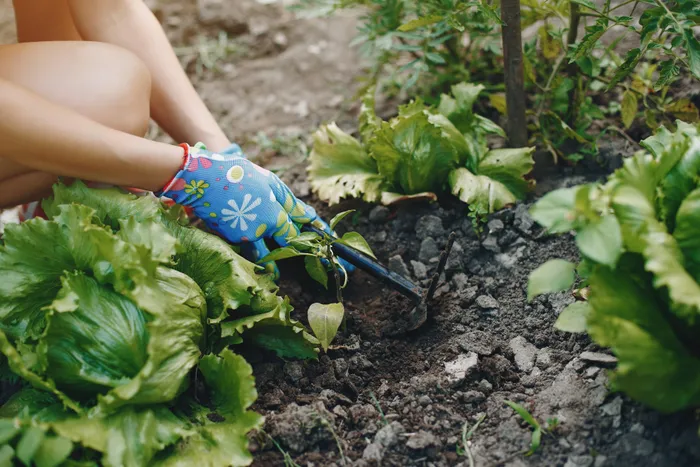Unlock the secrets of companion planting for a thriving garden

Companion Plants, Gardening tips
Image: Supplied/ Freep!k, prostooleh
Herbs, fruits, vegetables, and flowers that complement and are naturally compatible can help your garden grow and thrive. These plants, known as companion plants, help each other grow and produce, and when matched correctly, they can truly make the garden bloom.
If you want plants to protect and support one another, these ideas will help you create a more resilient garden.
Herbs
Herbs play a significant role in gardening by providing various benefits such as pest deterrence, enhancing plant health, and improving the flavor of nearby fruits and vegetables.
Basil is highlighted for its culinary compatibility with tomatoes, while also repelling pests like mosquitoes and aphids, thus promoting tomato growth and benefiting peppers and strawberries.
Thyme serves as a moisture-retentive ground cover that suppresses weeds and deters pests such as cabbage worms, making it ideal alongside cabbage and broccoli. Mint effectively repels pests near cabbage, carrots, and tomatoes, but its vigorous growth requires containment.
Lastly, parsley, often overlooked, attracts beneficial hoverflies and ladybugs when allowed to blossom, working effectively with tomatoes and asparagus.
Fruits
Some fruits begin to develop even before the tree reaches full height, and others don't grow into large trees at all. Many of these compact or vining fruit plants are ideal for backyard gardens and can even enhance the beauty of your outdoor space.
Fruits like strawberries, passion fruit, grapes, and dragon fruit grow well in smaller spaces and often need support or a nearby structure to climb or spread.
Certain fruit trees also grow well when planted together, for example, peaches and nectarines, plums and pluots, or even a mix of peaches, nectarines, plums, and apricots in the same area. For best results, keep sweet fruits together and sour fruits apart from others.
In particular, it's recommended to plant lemons separately, as their strong acidity can impact the growth of surrounding plants.
Vegetables
While many vegetables grow underground, not all root crops are compatible. Some compete for space or nutrients, while others grow in harmony. For example, onions and strawberries make excellent companions; onions repel pests like slugs and aphids that often target strawberries.
Lettuce and carrots also work well together; lettuce shades the soil to retain moisture, while carrots grow deeper without competing for nutrients. Though both amadumbe (taro) and sweet potatoes are traditional vegetables in KwaZulu-Natal, they require different growing conditions.
Amadumbe prefers moist, shaded environments and spreads widely, while sweet potatoes need sunny, open spaces with well-drained soil. Planting them together leads to competition and poor yields, making them unsuitable companions despite cultural significance.
Flowers
Beyond aesthetics, flowers are essential in gardens, especially when combined with fruits and vegetables. They improve soil health, draw pollinators, and keep pests away.
Marigolds are perfect for crops like tomatoes and peppers because they repel pests like nematodes. In addition to being edible, nasturtiums act as trap crops by drawing dangerous insects away from fruit plants.
In addition to giving climbing plants height and shade, sunflowers draw pollinators, which boost fruit production. Borage prevents tomato hornworms and improves strawberry flavor and growth.
By drawing predatory insects and enhancing soil health, calendula helps both fruit trees and vegetables. Echinacea and bee balm also contribute to the overall biodiversity of gardens.
Companion planting is an effective gardening strategy that enhances plant health and productivity by pairing compatible herbs, vegetables, fruits, and flowers.
This approach helps to naturally deter pests, improve soil quality, and enhance plant growth without the use of chemicals. Knowledge of plant relationships, such as those between corn and beans or basil and tomatoes, allows gardeners to maximize their space and resources.
Traditional crops, including amadumbe and sweet potato, also benefit from respecting their specific requirements. Whether in a small garden or a larger area, utilizing companion planting techniques can result in more abundant harvests and a healthier garden environment.
IOL Lifestyle
Get your news on the go. Download the latest IOL App for Android and IOS now
Related Topics: